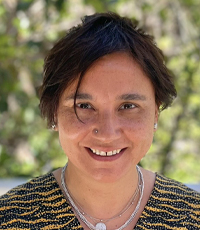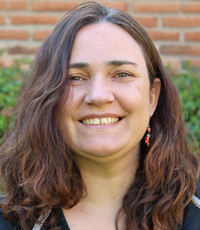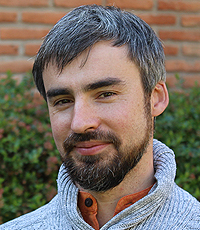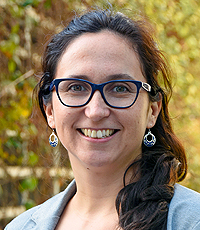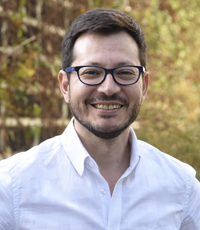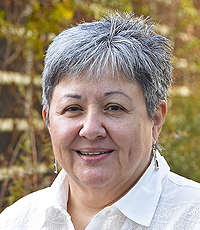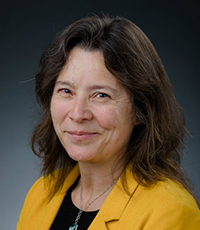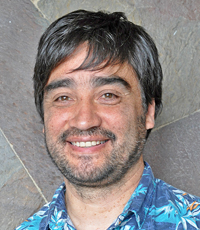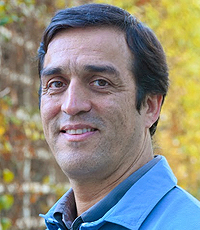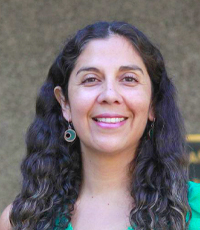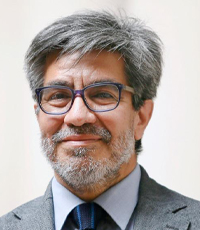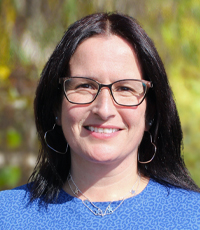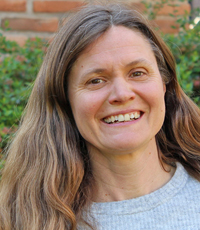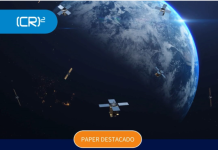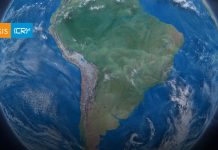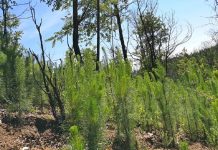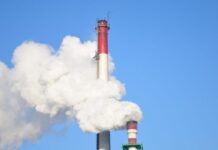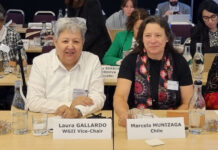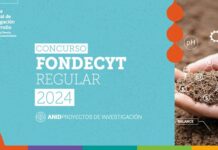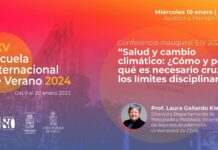Esta línea de investigación busca comprender cómo evolucionan las ciudades de Chile en cuanto a contaminación, eventos extremos, vulnerabilidad, resiliencia y gobernanza, enfocándose en cómo las dinámicas de estos procesos se perciben a escala humana y son agravados por la desigualdad social.
Para el período 2024-2025, la línea profundizará en la evaluación y cuantificación de los factores que están impulsando los cambios en las ciudades, especialmente en un contexto de clima cambiante.
La investigación de la línea pone foco en la gobernanza urbana, con base en la gobernanza climática integrada de los elementos propuesta por el CR2, y la operacionalización del modelo de resiliencia integrada, que considera el vínculo entre el clima urbano y la salud humana, el nexo entre alimentos, agua y energía, así como los riesgos compuestos a escala urbana.
La línea también busca contribuir al diagnóstico de los presupuestos nacionales de carbono al refinar los inventarios nacionales y latinoamericanos, y apoyar la primera estimación de flujos de carbono en los sistemas socioecológicos chilenos mediante el acoplamiento de emisiones de los sectores transporte, industria, energía, minero y residencial.
Esta investigación, junto a la de pobreza energética, permite a la línea profundizar en las barreras que limitan la implementación de transiciones justas y transformadoras en diferentes territorios.
Revisa los logros de investigación de esta línea en nuestra memoria institucional

